Home>Gardening & Outdoor>Landscaping Ideas>How To Prevent Grass From Growing
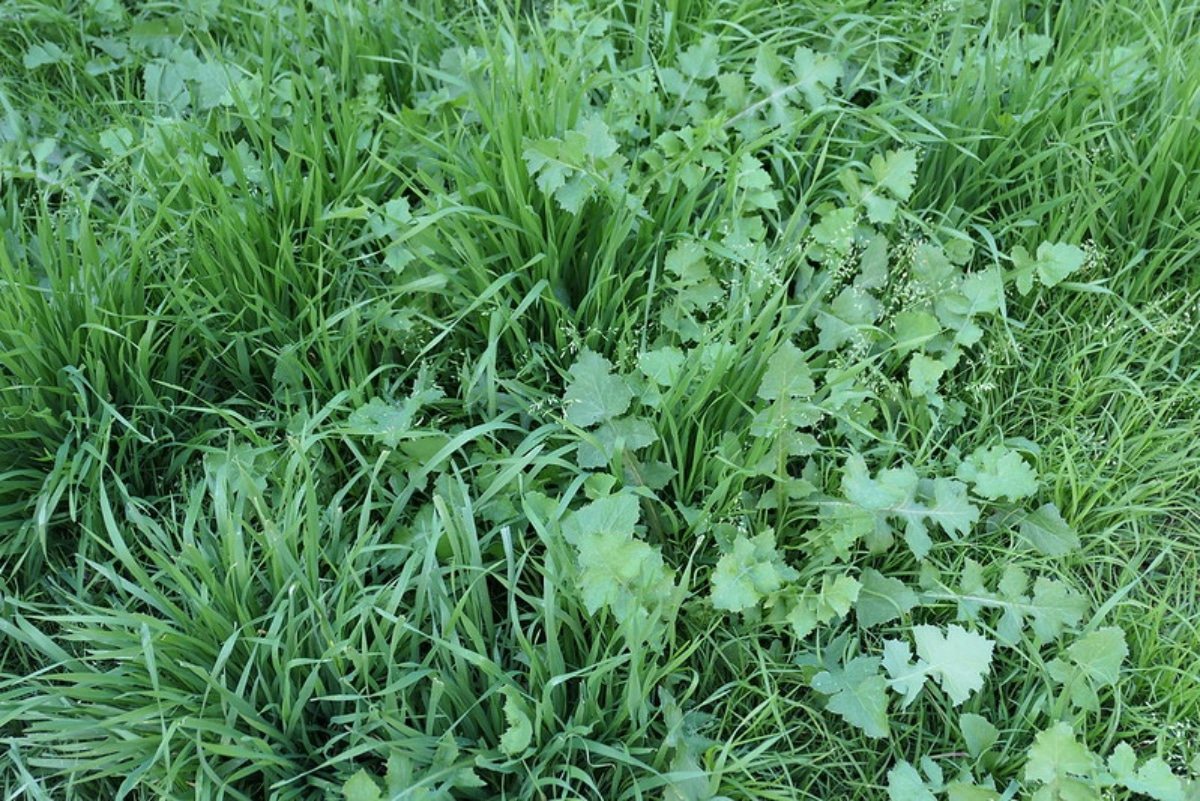

Landscaping Ideas
How To Prevent Grass From Growing
Modified: February 18, 2024
Learn effective landscaping ideas to prevent grass from growing in your yard. Discover practical tips and techniques to maintain a weed-free lawn.
(Many of the links in this article redirect to a specific reviewed product. Your purchase of these products through affiliate links helps to generate commission for Storables.com, at no extra cost. Learn more)
Introduction
Maintaining a pristine and well-manicured landscape is a labor of love for many homeowners and property managers. However, the relentless growth of grass can often pose a significant challenge, requiring consistent effort to keep it in check. Whether you're striving for a neatly trimmed lawn or seeking to prevent grass from encroaching on other areas, understanding the causes of grass growth and the methods for preventing it is essential.
Grass growth is a natural and persistent phenomenon, driven by a combination of factors such as sunlight, water, and nutrients present in the soil. While the lush green expanse of a healthy lawn is undoubtedly a sight to behold, the rapid proliferation of grass can lead to an unkempt and overgrown appearance if left unattended. Moreover, in certain areas such as garden beds, walkways, and driveways, the intrusion of grass can detract from the overall aesthetic and create maintenance challenges.
To combat the relentless advance of grass, it's crucial to explore a range of preventive measures, from natural solutions to chemical treatments. By implementing these strategies, you can effectively curtail the growth of grass and maintain the desired appearance of your outdoor spaces. Whether you're a seasoned gardener or a novice enthusiast, the insights and techniques shared in this article will empower you to take proactive steps in preventing grass growth, ensuring that your landscape remains a source of pride and beauty.
Key Takeaways:
- Embrace natural methods like regular mowing and organic mulching to prevent grass overgrowth. These eco-friendly solutions maintain a beautiful landscape while promoting a healthy environment for plants and wildlife.
- Consider using targeted chemical treatments like pre-emergent herbicides to control grass growth in specific areas. When used responsibly, these treatments offer effective control while preserving the overall aesthetic of outdoor spaces.
Read more: How To Prevent Decking From Rotting
Understanding the Causes of Grass Growth
Grass growth is a complex and dynamic process influenced by various environmental factors. Understanding the underlying causes of grass proliferation is crucial for implementing effective preventive measures. The primary drivers of grass growth include sunlight, water, and nutrients present in the soil.
Sunlight plays a pivotal role in the photosynthesis process, enabling grass to convert light energy into chemical energy, which fuels its growth. As a result, areas with ample sunlight exposure often experience more robust and rapid grass growth. Conversely, shaded areas may exhibit slower growth due to limited access to sunlight.
Water is another critical factor that directly impacts grass growth. Adequate moisture levels in the soil are essential for sustaining healthy grass. In regions with consistent rainfall or irrigation, grass tends to thrive, displaying vigorous growth. Conversely, drought conditions can impede grass growth, leading to brown patches and stunted development.
Furthermore, the availability of nutrients in the soil profoundly influences grass growth. Essential elements such as nitrogen, phosphorus, and potassium play a vital role in supporting the metabolic processes of grass plants. Fertile soil with optimal nutrient levels fosters lush and vibrant grass growth, while nutrient-deficient soil may result in pale, sparse, or slow-growing grass.
Understanding the interplay of these factors provides valuable insights into the mechanisms driving grass growth. By recognizing the pivotal role of sunlight, water, and soil nutrients, property owners and landscapers can make informed decisions when implementing strategies to prevent excessive grass growth.
In addition to environmental factors, the type of grass species and the presence of weeds can also impact the rate of grass growth. Certain grass varieties exhibit rapid growth tendencies, necessitating more frequent maintenance to prevent overgrowth. Similarly, the presence of invasive weeds can compete with grass for resources, accelerating the spread of unwanted vegetation.
By comprehensively understanding the multifaceted causes of grass growth, individuals can develop targeted approaches to manage and control the proliferation of grass in their outdoor spaces. Whether through natural or chemical interventions, a nuanced understanding of grass growth dynamics empowers individuals to maintain aesthetically pleasing landscapes while preserving the health and vitality of their grassy areas.
Methods for Preventing Grass Growth
Preventing grass growth requires a proactive and multifaceted approach, encompassing various methods tailored to the specific needs of your landscape. By implementing a combination of natural and chemical solutions, property owners can effectively curtail the relentless advance of grass and maintain the desired appearance of their outdoor spaces.
Regular Mowing
Regular mowing stands as a fundamental practice for preventing excessive grass growth. By consistently trimming the grass at an appropriate height, you can inhibit the development of tall and unruly blades. This not only contributes to a neat and well-manicured appearance but also discourages the spread of grass into unwanted areas.
Mulching
Utilizing mulch in garden beds and around trees not only enhances soil moisture retention and suppresses weed growth but also serves as a barrier against encroaching grass. Mulch acts as a protective layer, inhibiting the germination and establishment of grass seeds, thereby minimizing the need for labor-intensive weed removal.
Edging
Creating defined edges along walkways, driveways, and garden borders serves as a strategic method for preventing grass from encroaching into these areas. By establishing clear boundaries through edging, you can effectively contain the spread of grass, maintaining a clean and polished look while reducing the need for frequent maintenance.
Landscape Fabric
In areas where persistent grass intrusion poses a significant challenge, the use of landscape fabric can provide an effective barrier. When installed beneath gravel paths or decorative rock areas, landscape fabric acts as a formidable deterrent, preventing grass from taking root and spreading. This approach minimizes the need for ongoing weed control efforts, contributing to long-term landscape maintenance.
Manual Removal
For isolated patches of grass encroachment, manual removal presents a targeted and environmentally friendly solution. By carefully uprooting grass runners and clumps from undesired areas, you can prevent their further expansion. This hands-on approach allows for precise control over grass growth, particularly in areas where chemical treatments may not be suitable.
Strategic Planting
Strategic planting of ground cover plants and dense shrubbery can effectively impede the spread of grass in specific areas. By introducing low-growing plants with robust coverage capabilities, you can create natural barriers that deter grass encroachment. This method not only enhances the visual appeal of the landscape but also contributes to sustainable and eco-friendly grass management.
By integrating these methods into your landscape maintenance routine, you can proactively prevent excessive grass growth and maintain the desired aesthetic and functionality of your outdoor spaces. Whether through regular mowing, strategic planting, or the use of landscape fabric, each approach contributes to a comprehensive strategy for managing grass growth, ensuring that your landscape remains a source of pride and beauty.
Read more: How To Keep Grass And Weeds From Growing
Natural Solutions for Preventing Grass Growth
In the pursuit of maintaining a well-groomed landscape, natural solutions offer a harmonious approach to curbing grass growth while preserving the ecological balance of outdoor spaces. Embracing these methods not only contributes to sustainable landscape management but also minimizes the reliance on chemical interventions, promoting a healthier environment for plants, wildlife, and humans alike.
Soil Solarization
Soil solarization stands as a proven and eco-friendly method for inhibiting grass growth in targeted areas. By harnessing the power of sunlight, this technique involves covering the soil with clear plastic, effectively trapping solar heat to raise the temperature and eliminate weed seeds and undesirable grass. This natural approach minimizes the need for herbicides while promoting soil health and vitality.
Vinegar-Based Weed Control
Utilizing vinegar as a natural weed control agent presents an environmentally conscious alternative for managing grass growth. The acetic acid in vinegar serves as a potent herbicidal substance, effectively suppressing the growth of unwanted vegetation. When applied judiciously, vinegar-based solutions can selectively target grass in specific areas, offering a non-toxic and sustainable approach to weed management.
Organic Mulching
Incorporating organic mulch derived from materials such as wood chips, straw, or shredded leaves provides a dual benefit of enriching soil fertility and inhibiting grass growth. Organic mulch acts as a protective layer, suffocating grass and weed seeds while enhancing soil moisture retention and promoting beneficial microbial activity. This natural approach fosters a healthy and balanced ecosystem, reducing the need for synthetic herbicides.
Read more: How To Stop Your Grass From Growing
Boiling Water Treatment
Harnessing the power of boiling water presents a simple yet effective method for eradicating grass and weeds in localized areas such as cracks in walkways or driveways. By carefully pouring boiling water over unwanted grass, the heat effectively destroys plant tissues, providing a chemical-free and environmentally friendly solution for targeted weed control.
Dense Planting and Ground Cover
Strategic planting of dense ground cover plants and ornamental grasses serves as a natural deterrent against the encroachment of unwanted grass. By creating a lush and diverse plant palette, you can establish a competitive environment that inhibits the spread of grass, fostering a visually captivating landscape while minimizing the need for intensive maintenance.
Embracing these natural solutions empowers property owners and landscapers to adopt environmentally friendly practices while effectively managing grass growth. By integrating soil solarization, vinegar-based weed control, organic mulching, boiling water treatment, and strategic planting, individuals can cultivate vibrant and resilient landscapes, where the beauty of nature harmonizes with sustainable maintenance practices.
Chemical Solutions for Preventing Grass Growth
Chemical solutions offer a targeted and potent approach to preventing grass growth in specific areas, providing effective control over unwanted vegetation. When utilized judiciously and in accordance with recommended guidelines, these treatments can serve as valuable tools in maintaining the desired appearance and functionality of outdoor spaces.
Pre-Emergent Herbicides
Pre-emergent herbicides are a foundational component of chemical grass management, acting as a preventive measure against the germination and establishment of grass seeds. By forming a barrier in the soil, these herbicides inhibit the growth of newly sprouting grass, effectively curbing its proliferation. This proactive approach minimizes the need for extensive weed removal and contributes to long-term grass control.
Read more: How To Stop Grass From Growing Fast
Selective Herbicides
Selective herbicides target specific types of vegetation while minimizing impact on desirable plants, offering a tailored solution for managing grass growth. These formulations are designed to effectively suppress the growth of grass while preserving the health and vigor of ornamental plants, shrubs, and trees. By selectively targeting grass species, property owners can maintain a well-defined and aesthetically pleasing landscape.
Non-Selective Herbicides
Non-selective herbicides provide a broad-spectrum approach to weed control, effectively eradicating all types of vegetation they come into contact with. While these formulations are not suitable for use in areas with desirable plants, they offer a powerful solution for clearing overgrown or neglected spaces. When applied with precision, non-selective herbicides can swiftly eliminate unwanted grass, preparing the ground for subsequent landscaping efforts.
Post-Emergent Herbicides
Post-emergent herbicides are designed to target established grass and weeds, offering a responsive solution for managing overgrowth. These formulations are particularly effective in addressing persistent grass encroachment in areas where manual removal is impractical. By selectively applying post-emergent herbicides, property owners can regain control over unruly grass, restoring the desired appearance of their outdoor spaces.
Systemic Herbicides
Systemic herbicides are absorbed by the foliage and transported throughout the plant, delivering a comprehensive and long-lasting impact on grass growth. These formulations penetrate the vascular system of grass plants, effectively inhibiting their growth and leading to gradual decline. Systemic herbicides offer a sustained approach to grass management, ensuring lasting control and minimizing the need for frequent reapplication.
By incorporating these chemical solutions into their landscape management strategies, property owners can effectively prevent excessive grass growth and maintain the desired aesthetic of their outdoor spaces. When used responsibly and in accordance with recommended practices, chemical treatments offer a valuable complement to natural methods, providing targeted and efficient control over grass proliferation.
Conclusion
In the realm of landscape management, the prevention of grass growth stands as a pivotal endeavor, shaping the visual appeal and functionality of outdoor spaces. By delving into the multifaceted causes of grass proliferation and exploring a diverse array of preventive methods, property owners and landscapers can effectively curtail the relentless advance of grass, ensuring that their landscapes remain a source of pride and beauty.
The understanding of the underlying factors driving grass growth, including sunlight, water, soil nutrients, grass species, and weed presence, provides valuable insights into the dynamic nature of vegetation management. By recognizing the pivotal role of these factors, individuals can develop targeted approaches to manage and control the proliferation of grass in their outdoor spaces.
From natural solutions such as soil solarization, vinegar-based weed control, and organic mulching to chemical treatments including pre-emergent herbicides, selective and non-selective herbicides, and systemic herbicides, a diverse toolkit is available for property owners to employ. Each method offers unique benefits and considerations, empowering individuals to craft a comprehensive strategy for managing grass growth.
By integrating natural and chemical solutions, along with practices such as regular mowing, mulching, edging, landscape fabric usage, manual removal, and strategic planting, property owners can proactively prevent excessive grass growth and maintain the desired aesthetic and functionality of their outdoor spaces.
Embracing natural solutions not only contributes to sustainable landscape management but also minimizes the reliance on chemical interventions, promoting a healthier environment for plants, wildlife, and humans alike. Meanwhile, chemical solutions offer a targeted and potent approach to preventing grass growth in specific areas, providing effective control over unwanted vegetation when used judiciously and in accordance with recommended guidelines.
In conclusion, the proactive prevention of grass growth is an essential aspect of landscape maintenance, enabling property owners to cultivate vibrant and well-manicured outdoor spaces. By leveraging a diverse array of methods and solutions, individuals can effectively manage grass proliferation, ensuring that their landscapes remain visually captivating, functional, and harmoniously integrated with the surrounding environment.
Frequently Asked Questions about How To Prevent Grass From Growing
Was this page helpful?
At Storables.com, we guarantee accurate and reliable information. Our content, validated by Expert Board Contributors, is crafted following stringent Editorial Policies. We're committed to providing you with well-researched, expert-backed insights for all your informational needs.


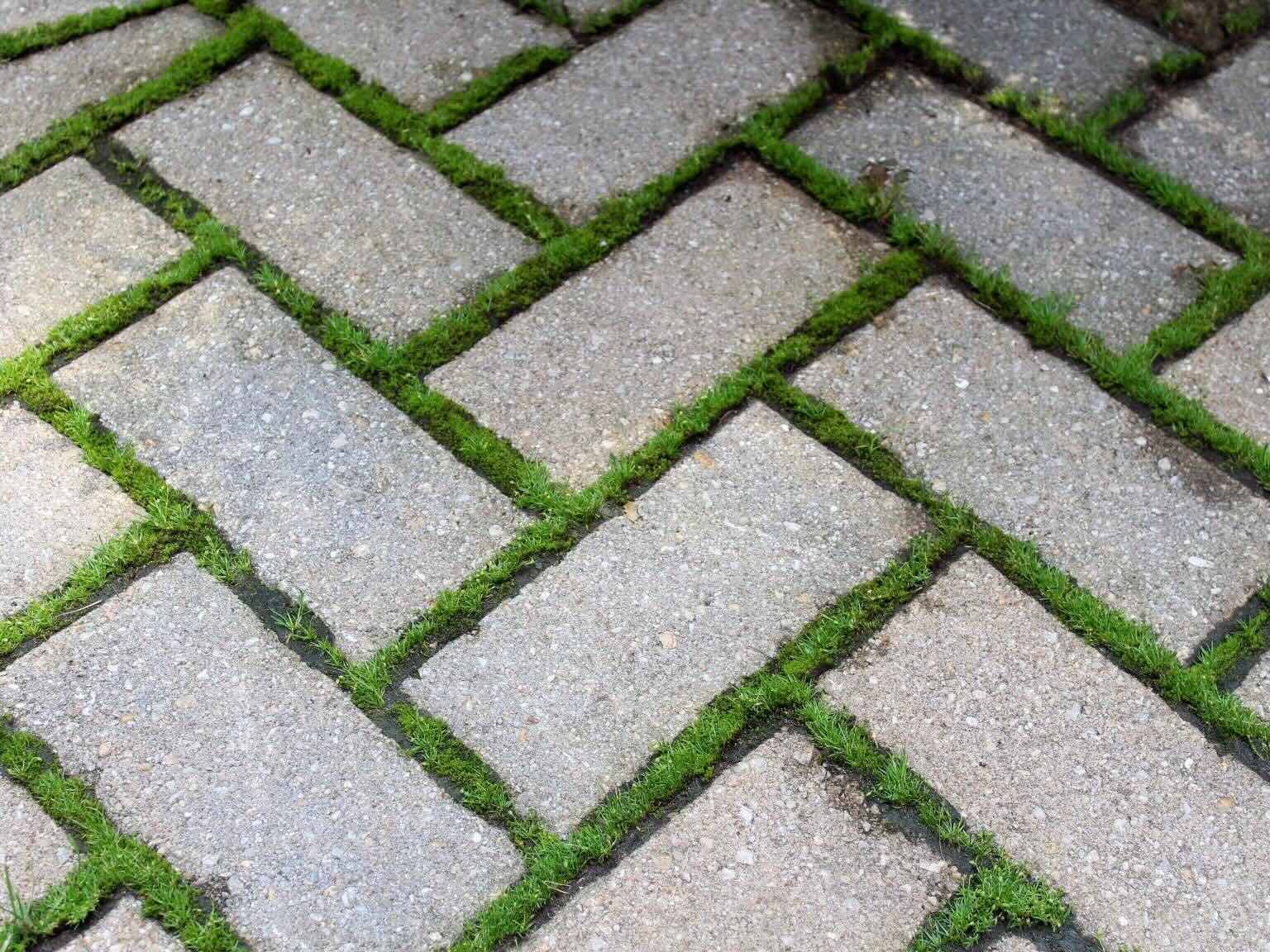

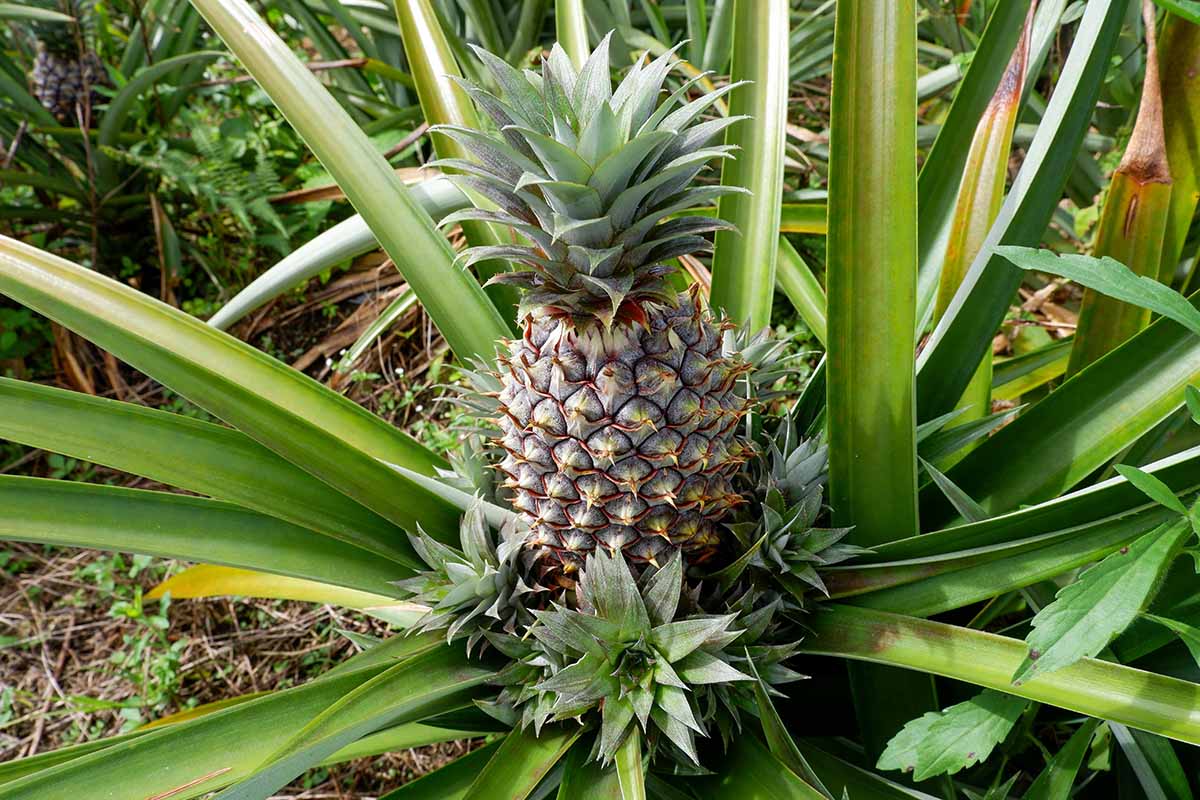
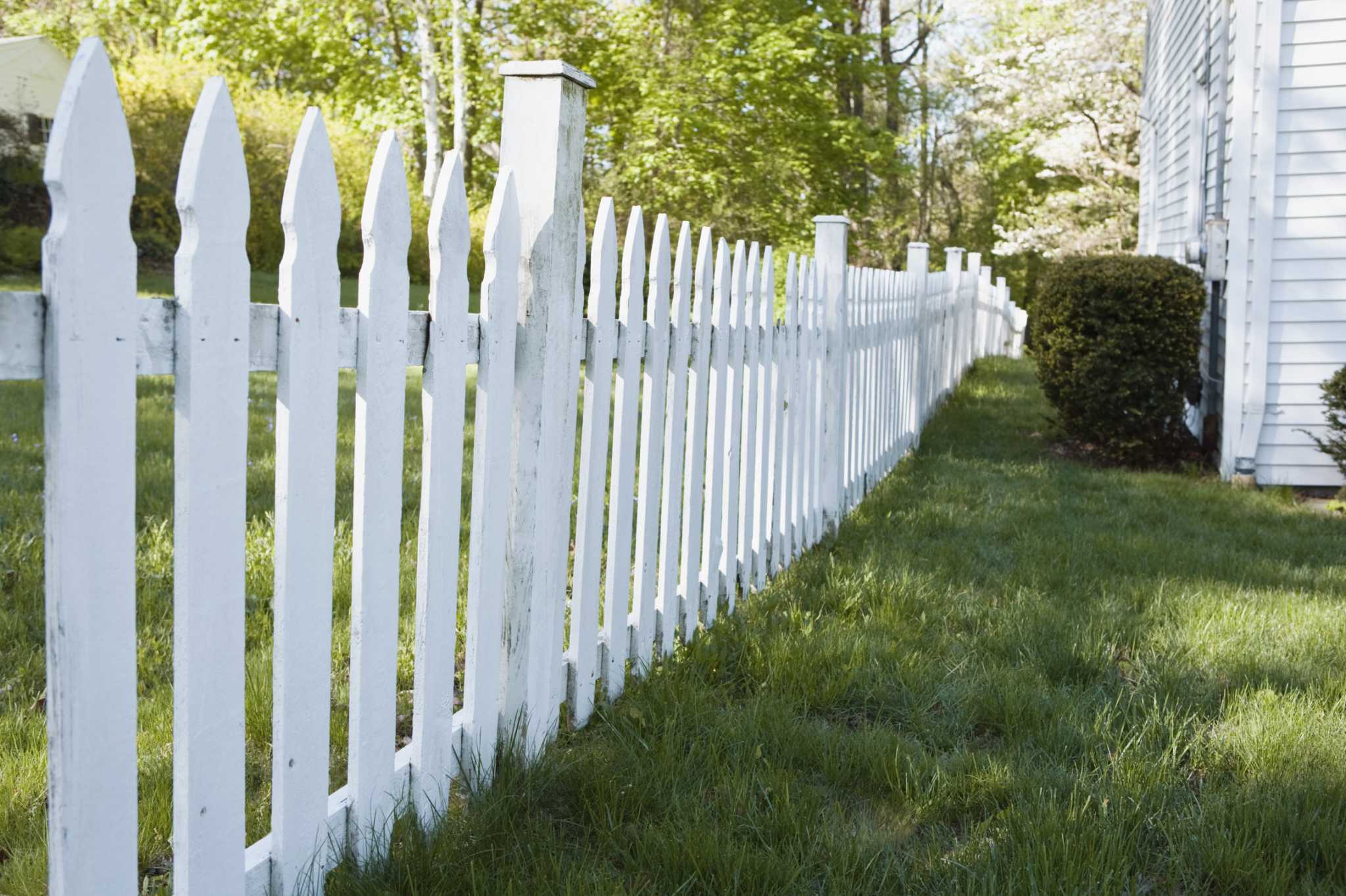

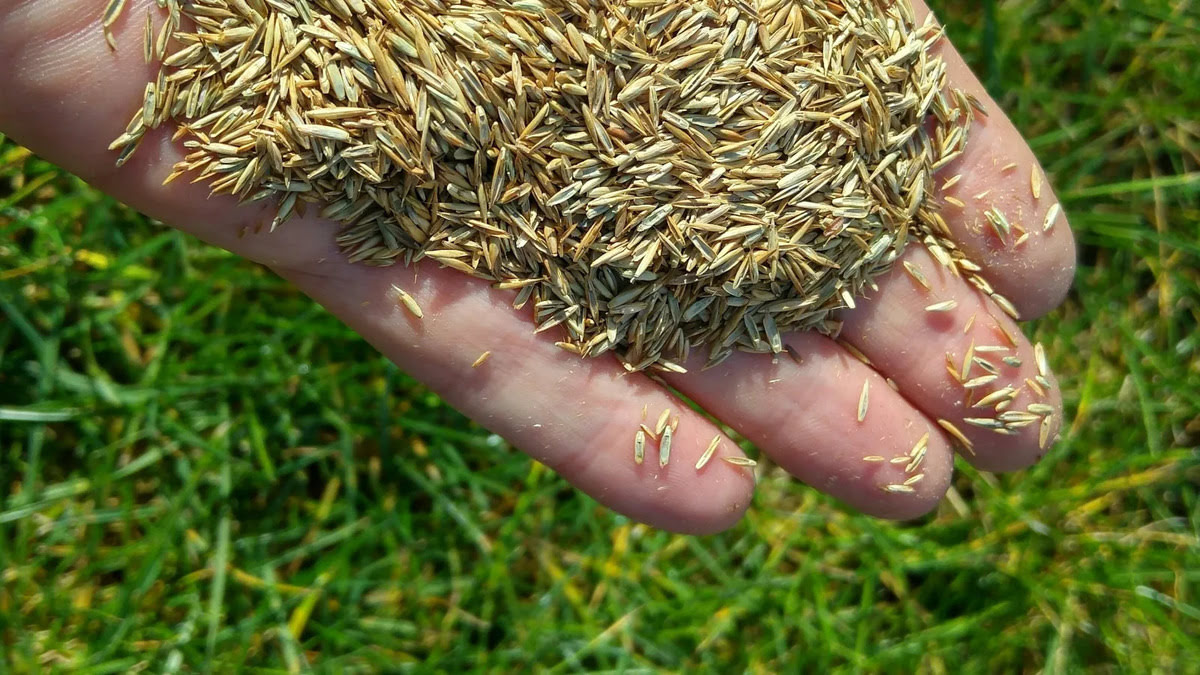
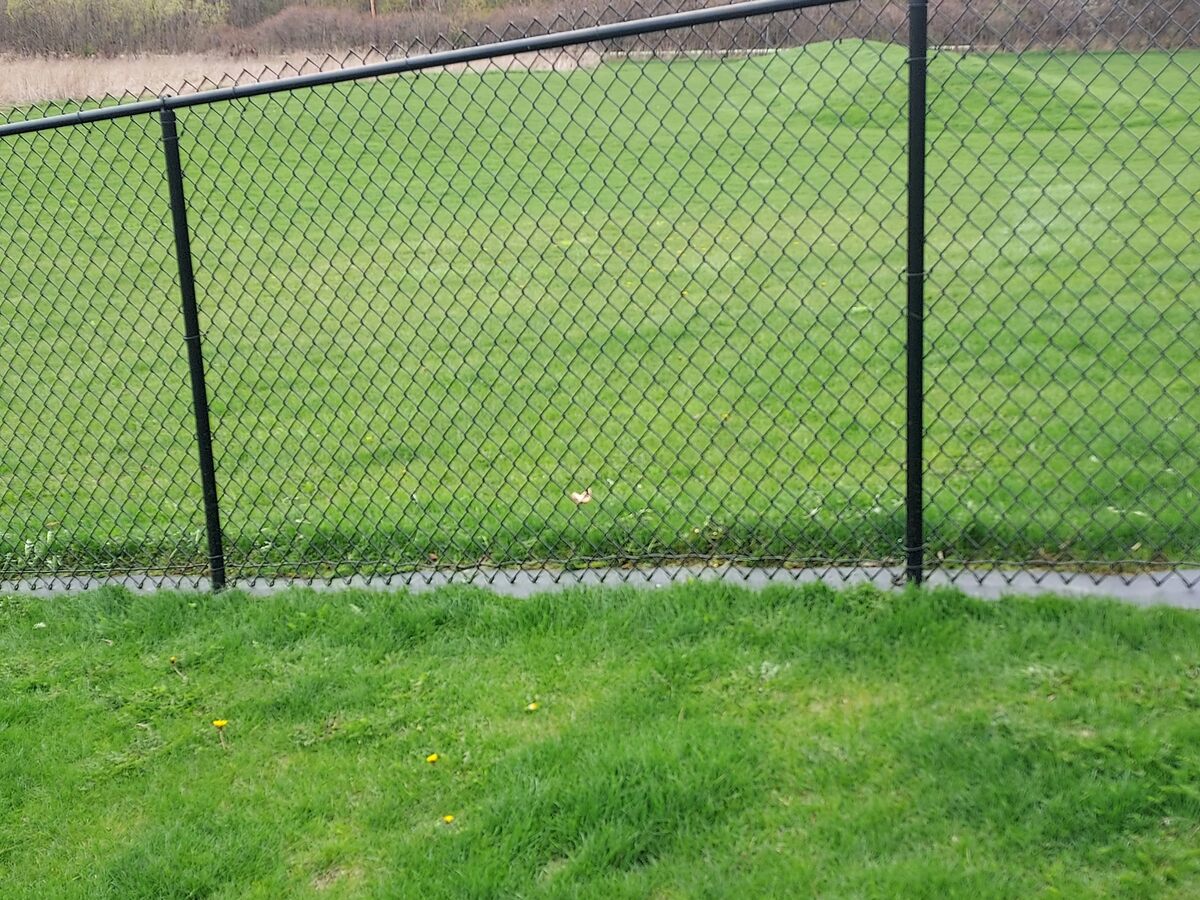
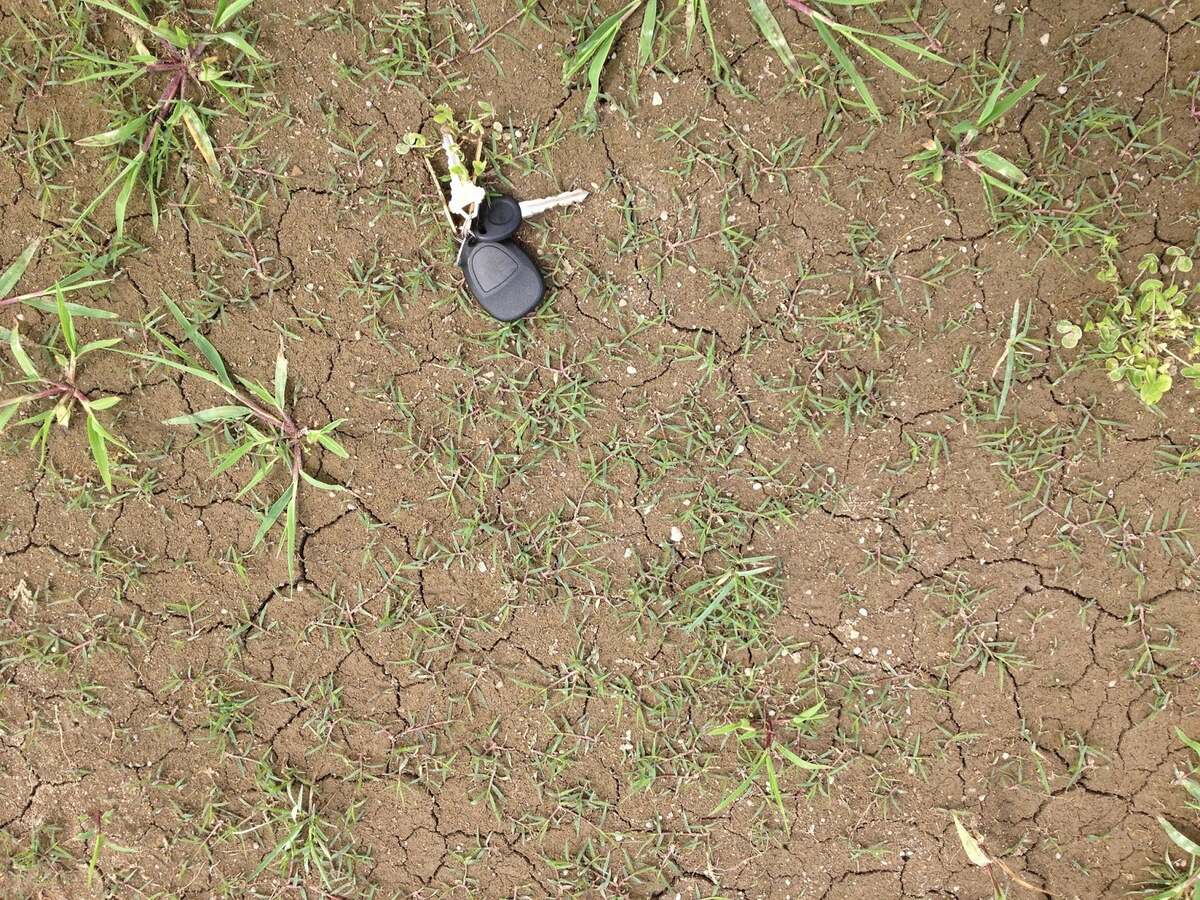

0 thoughts on “How To Prevent Grass From Growing”